Over the years I have met, worked with, and otherwise gotten to know a wide variety of illustrators, writers, editors, art directors, publishers, photographers, agents, producers, calligraphers, graphic designers, sculptors, gallery artists, directors, and craftsmen & women. Most were and are wonderful people who often became good friends; a few turned out to be toxic opportunists who wasted my time and energy while there were even a handful who were out-and-out crooks and whom, once they showed their true natures, I kicked to the curb and avoided at all costs from that point on (you know who you are).
But one of the great people, one who was genuinely one-of-a-kind, someone who I was always delighted to see and talk to and spend time with, someone who was both brilliant and hilarious, was writer Howard Waldrop.
What exactly made Howard so unique? God, I wish I knew. Maybe read this appreciation from the Austin Chronicle that was published following his death from a stroke this past January for an idea. Or George R.R. Martin’s remembrance. Or this interview with fellow Texas author Joe Lansdale memorializing Howard. Or Elizabeth Baniki’s profile from 2017.
No one wrote like Howard Waldrop: no one could. He saw stories in virtually everything and telling them just the way he thought they should be told was far more important to him than the time they took to write or the amount of money he was ultimately paid—or not paid—when they were eventually published. His knowledge was encyclopedic and while there are wags who might know a little bit about a fair number of subjects, Howard knew a lot about a lot of things; he may have written fiction but there was always something factual, some history, to be learned from each story. He was, very much, a writer’s writer and he never compromised in the creation of his work; plus he was also a visual writer—an extension of growing up a comic book fan—one who literally painted vivid pictures with his words and who always created memorable scenes that could be a treasure trove for illustrators. As the Voice Literary Supplement opined, “He steadily, weirdly, and affectionately breaks and remakes the promises inscribed in the history of ideas” while Locus once wrote, “No one has a wider range, crazier sense of humor, or a more pointed perception than Waldrop.”
Though he received some honors over the years and was presented the World Fantasy Award for Life Achievement in 2021, Howard was never particularly well-known or financially successful; as he routinely said, “Nobody makes money writing short stories these days,” and he proved it, often living in near poverty for most of his life.
I had published a batch of his stories in various issues of my small press magazines back in the 1970s and ’80s, paying him a giant 3¢ per word (actually a pretty good rate for the time)—and they’re still some of my favorite works of short fiction by anyone. I believed in Howard and his work so much that I published two hardcover collections: the first made both he and I a little money while the second flopped big time when the economy tanked and I lost my shirt. That’s publishing, especially for the little guys (and Howard at least got to keep the advance). He would always say he was a jinx for publishers, but of course that was hooey; short fiction has routinely been a hard-sell to the mass market and publishers for their part, though they admired his work, didn’t exactly know how to market Howard. With stories featuring a man’s brain transplanted to an ape (“Dr. Hudson’s Secret Gorilla”), time traveling Mossad agents (“Horror, We Got”), or Slim Pickens (kinda) having a face-off with H.G. Wells’ invading Martians (“Night of the Cooters”), he didn’t fit neatly into any category or pigeonhole nor did he want to…which, naturally, is one of the reason’s Howard Waldrop was so great.
Above: The splash page by Ernie Colon for Howard’s comics story that appeared in Creepy #35 in 1970 from Warren Publishing. His friend and sometimes collaborator Jake “Buddy” Saunders had been selling scripts to Warren at the time and encouraged Waldrop to do likewise. Though an amateur artist himself and fervent comics fan, this was one of the few—and maybe only, though I can’t be certain—comic book stories he ever sold.
Above: Howard’s first collection of short stories appeared in 1986 with a self-deprecating title and, let’s be honest, terrible cover. It didn’t sell for beans (“Doubleday doesn’t seem to be in the business of actually selling books, ya know?” Waldrop observed wryly at the time), but features a dozen of his unforgettable works including the award-winning classic “The Ugly Chickens.”
Above: Don Ivan Punchatz’s cover for an illustrated collection I published way back in 1987. The title story imagines that all of the 1950s-era movie monsters come to life (including the giant ants from Them, a still from which, of course, I used as the introductory image for this post) and describes one soldier’s decision as to how he wants to meet his fate; like much of Howard’s fiction it would make a great movie. Artists for the book included Tim Kirk, Thomas Blackshear, and Hank Jankus among others (and I’ve got a tale I might tell one day about how my then-manger at Hallmark actually stole the Punchatz original and I had to play detective to find and recover it).
Above: The cover by myself in collaboration with Terry Lee for a hardcover reprint of Howard’s 1984 time-travel novel that was published by Mark Ziesing in 1989. Though he wrote The Texas-Israeli War, 1999 with Jake Saunders in 1974, Them Bones was Waldrop’s only solo novel (unless you want to count his novella retelling the labors of Hercules in the rural South, “A Dozen Tough Jobs,” as a “novel” since it appeared as a stand-alone book). He was working on but never finished at least three others, I, John Mandeville, The Search for Tom Purdue and The Moone World. I seem to remember that he had the idea for another—Mars Is Red about Communist China’s colonization of the fourth planet—but don’t know if he had actually gotten any further than the title.
Above: Cover design by Kristen M. Nobles featuring Thomas Cole’s painting “The Course of Empire: The Savage State” for Howard’s collection published by St. Martin’s Press in 1997. Shaun Tan provided title illustrations for each story.
Above: Youngsters George R.R. Martin, Lewis Shiner, and Howard Waldrop at a convention sometime in the late 1970s or early ’80s.
So Howard Waldrop is no longer with us, but his childhood friend George R.R. Martin has been working steadily to preserve his legacy by producing a series of short films based on Howard’s classic short stories. Below are a trio of trailers for Night of the Cooters, Mary Margaret Road Grader, and The Ugly Chickens. Here’s hoping they’ll be in a theater or available for home viewing very soon.


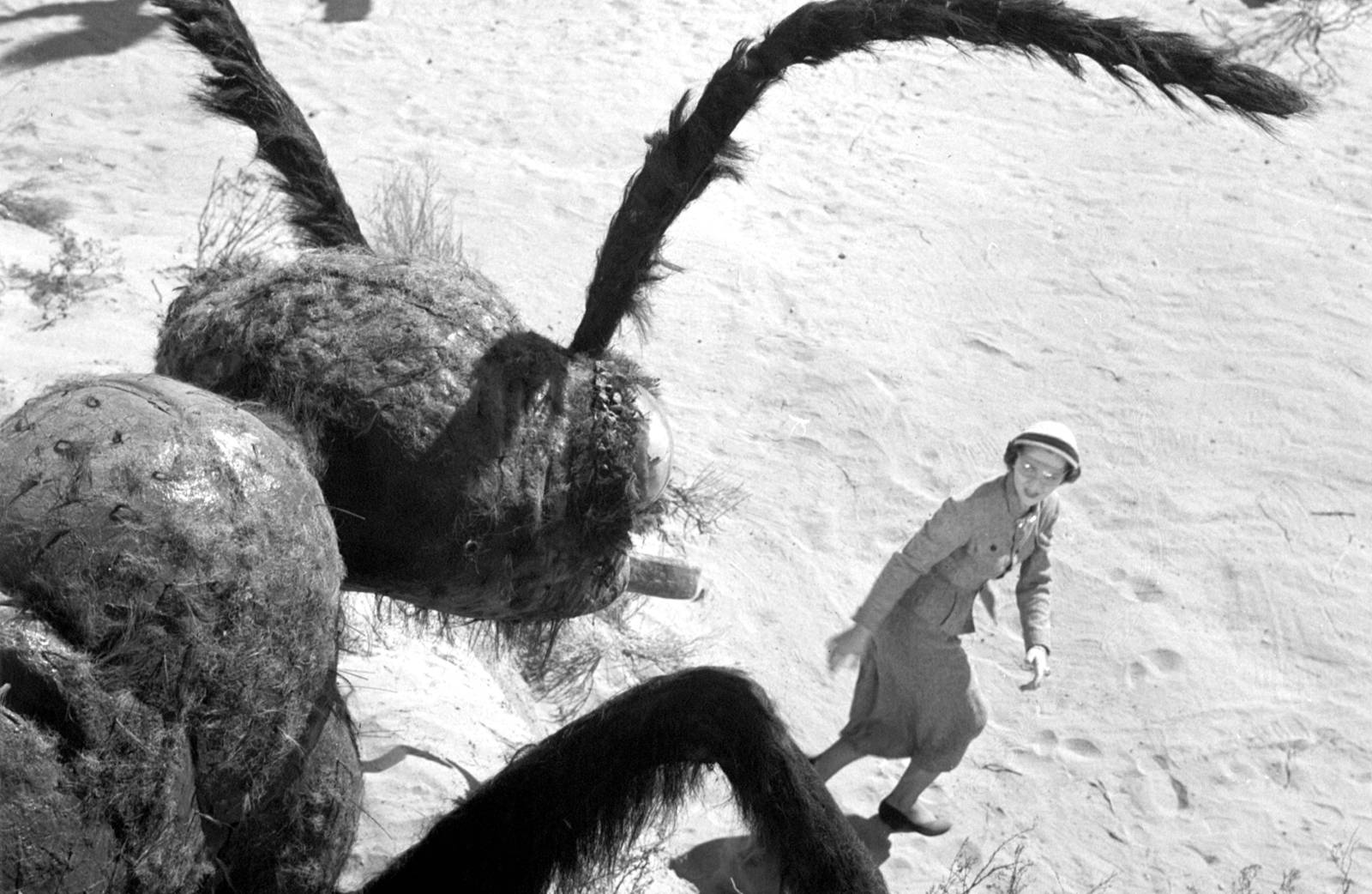
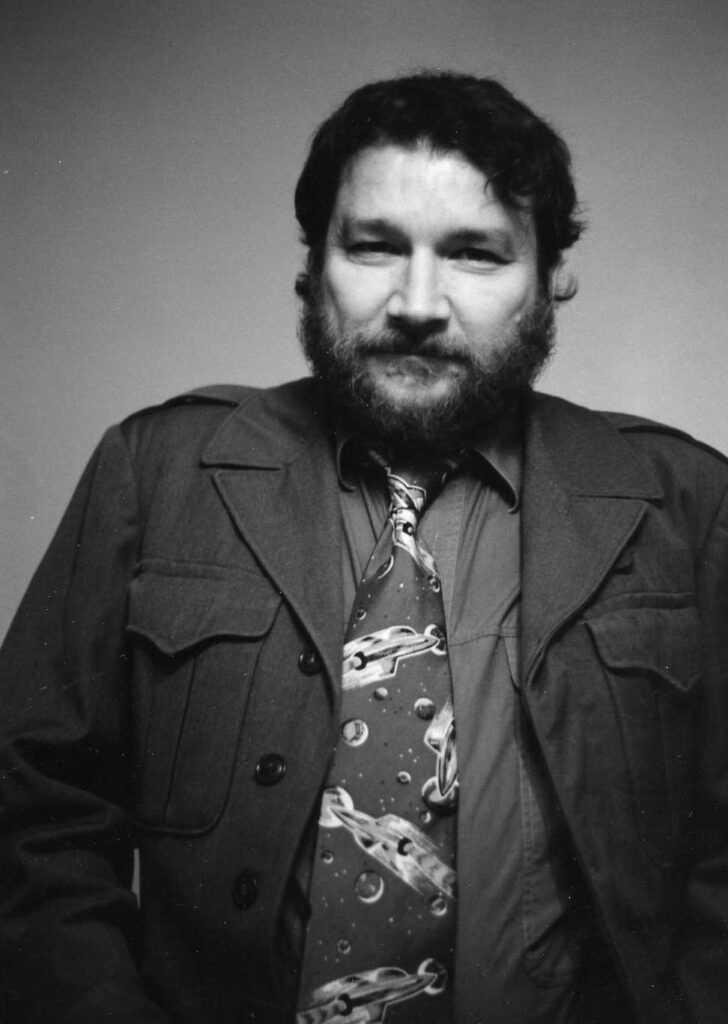




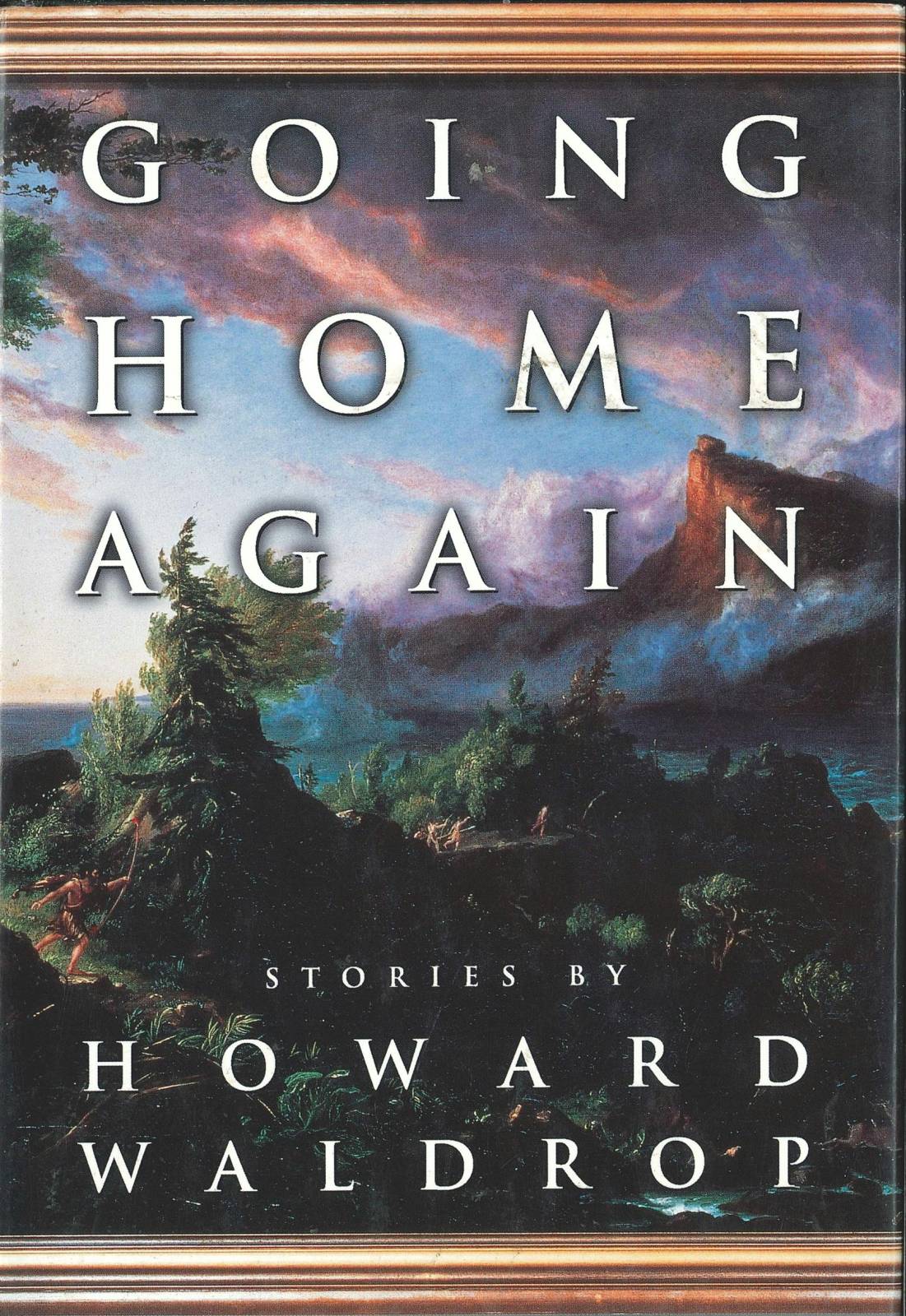
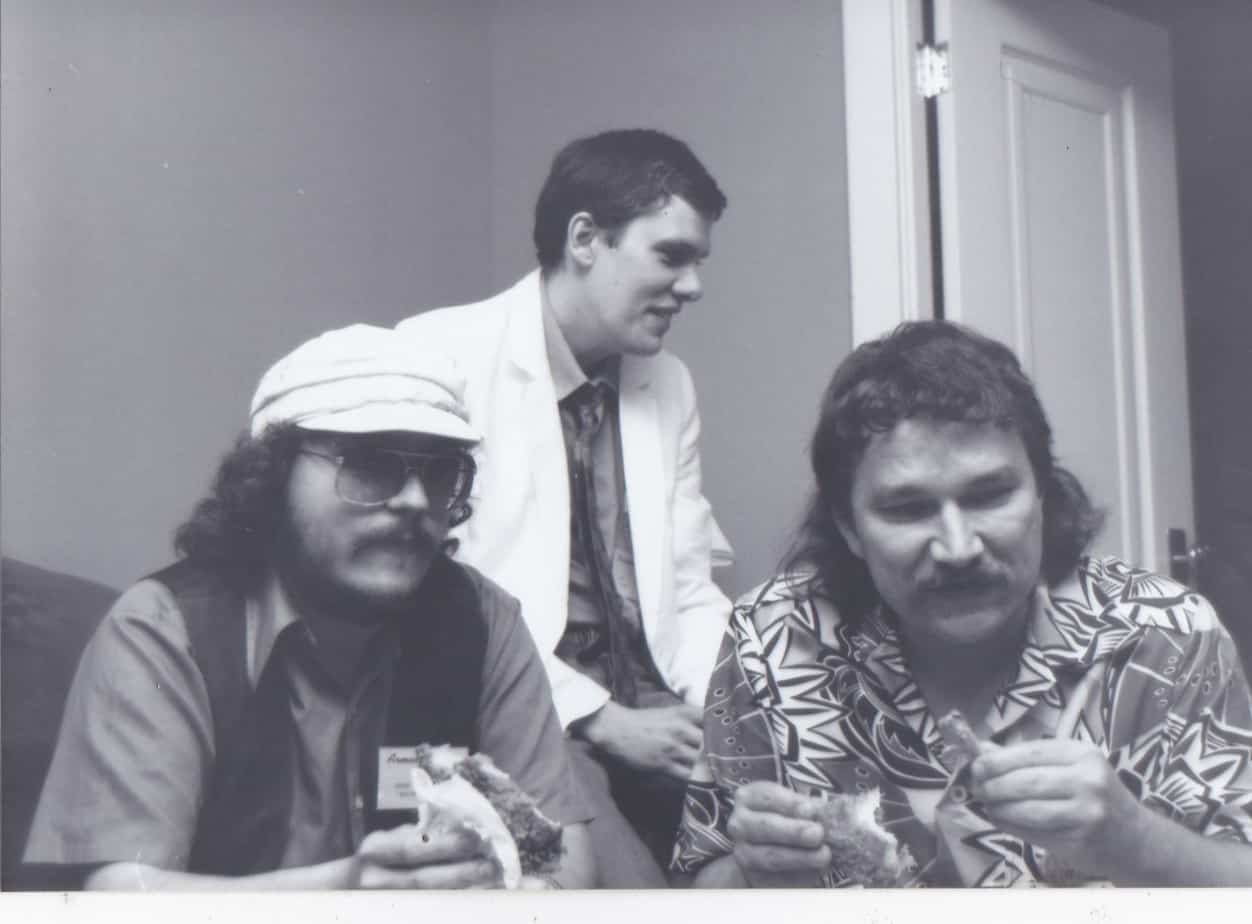
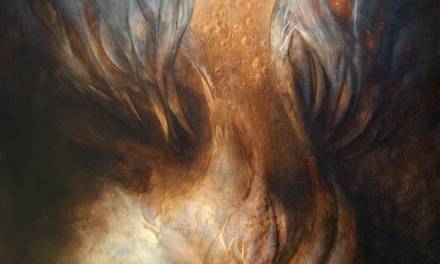
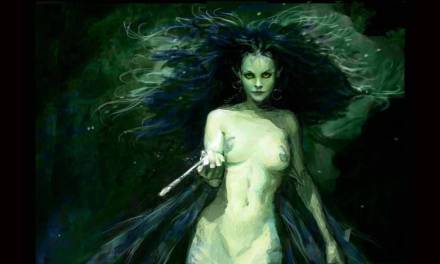
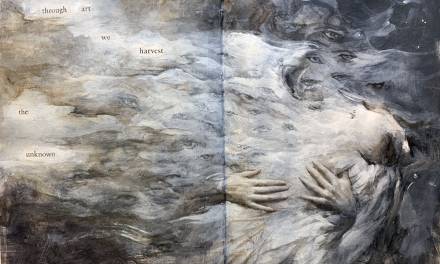
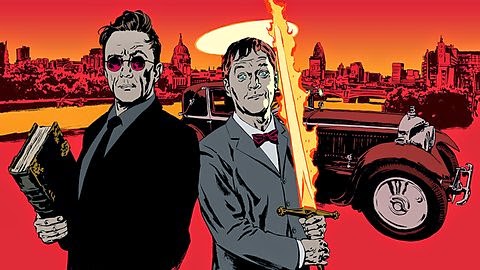

Recent Comments